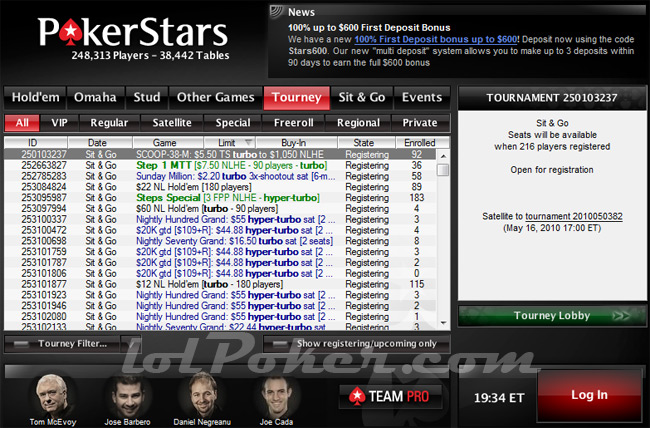Advanced Badugi Strategy
We will go through a few advanced strategies and some examples of how to apply this strategy to badugi poker games. I would recommend reading through the badugi rules, hand rankings and other basic guides on this site and know them well. Also check out the other strategy articles to get better in other specific situations and tournaments.
One thing to remember in your strategy is that badugi is a game that relies on good starting hands. In other poker games, players will slowly build up a hand throughout the round and after a few betting phases in the game. In badugi poker, players get dealt 4 cards right off the bat and it is easily possible to make a 4 card hands or the most powerful hand in the game before the first round of betting or drawing. So people need to understand that this first starting hand is one of the most important in the game in terms of advanced strategy.
A great advanced playing style is to be passive and slow play your cards. Look for loose and aggressive players or those that tend to bet money on every hand but will become noticeably aggressive and raise money when they get something good. These types of players are easy to read and there is lots of money to take. If you are on a table with a bunch of tight players, then you should be looser and more aggressive in order to steal the blinds and bluff more easily. It all depends on what types of players are at the table.
Badugi advanced hand and playing style analysis
We will go through a few examples of what you should do in some given situations and talk about the 4 different type of poker players you will come across. One basic word of advice in any strategy is to play at a table with fewer than 8 players because your odds go down when there are more players. The reason is that opponents are more likely to catch something during a hand and 3 card hands will be far and few at the showdown unless you have some very tight players that fall to bluffing easily. A good number of people to play against is about 4 or 6.
Tight and aggressive - These players tend to fold on most hands but will start betting, raising and re-raising aggressively when they get something good. These players tend to be really easy to spot and you can steal the blinds from them by bluffing often. So watch them in each hand and see how often they fold. If they suddenly wager, there is a good chance they are not bluffing and it might be wise to fold against these particular opponents.
Loose and aggressive - Loose players tend to stay in with every single hand and tend to be harder to knock out with bluffs. So the advanced strategy here is to watch when they start betting and raising instead of just calling. These competitors tend to raise and re-raise heavily when they get something good, such as a 4 card badugi. You can actually make a lot of money of these people but you need to read the "tells" given off when they start to suddenly bet heavily since this is a sign that they have a good hand.
Tight and passive - Again, the tight player tends to fold on every hand unless they get something good. The only difference between being passive and aggressive is that the passive player will just call bets and slow-play their hand. This is actually smart when playing badugi because you can trap aggressive players and make more money without scaring people out of the pot. So the advanced strategy is to see if they fold a lot, and then carefully watch them when they stay in a hand longer than they normally do.
Loose and passive - These are the hardest players to play against because they usually bet money in every hand, but they will not bet aggressively when they pick up a good badugi hand. This makes it hard to read the player. So an advanced method against these players is to be cautious against bluffing since they usually do not fold. These players tend to slow-play their hand as well so a good strategy against them is to play tight.
A good way to analyze each hand is to watch what players are doing at the beginning of a badugi starting hand. Watch and take notes of how players act in initial betting. Do they fold often or stay into every hand? On PokerStars, players can type a small note that is tacked onto every person and you can recall the note if you find that player again later on, whether it is weeks or months in the future. Seeing what they do on the starting hands will let you know if you are playing against a tight or loose player. Analyze your players for about an hour so everyone gets a wide range of cards to play with.
Later on in the round, watch how players wager act with betting in order to see if they are passive or aggressive. First see if a player is usually tight and you will have a much easier time determining the badugi opponent type. If they are loose, then make your own playing style tighter to determine whether they are aggressive or passive. This is pretty much the advanced strategy in badugi poker. Once you got your players figured out, then you can start reaping in profits. One last note is that badugi is not as common of a poker game so there will not be as many opponents to play against. PokerStars usually has between 100-200 regular players, so there are plenty of people to play against and not too many people to figure out.


 US Players and Credit Card, BitCoin Deposits Accepted!
US Players and Credit Card, BitCoin Deposits Accepted!


